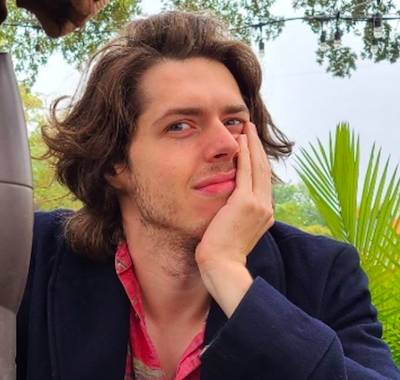“A Quiet Place: Day One” Director Michael Sarnoski on Creating Emotional Stakes & Killer Silences
A Quiet Place: Day One turns up the action, tension, and scares. For filmmaker Michael Sarnoski, though, creating real emotional connections with his (mostly) new cast in the A Quiet Place world was key. Sarnoski wanted to maintain the intimacy from John Krasinski’s first two films, which depict a world run by blind, sound-hunting monsters who, in the first two films, had already established their dominance on Earth. On Day One, we finally learn what it was like the moment they arrived.
Sarnoski couldn’t have found a more expressive leading actor than Lupita Nyong’o, whose eyes alone tell so much of the story about what her character, Samira, is experiencing and the rest of a terrified New York. Samira’s facing mortal threats in two ways: the immediate threat of the aliens and the fact she’s dying from cancer. When New York begins to be torn apart, she runs and hides in the streets of New York City along with a new friend, Eric (Joseph Quinn).
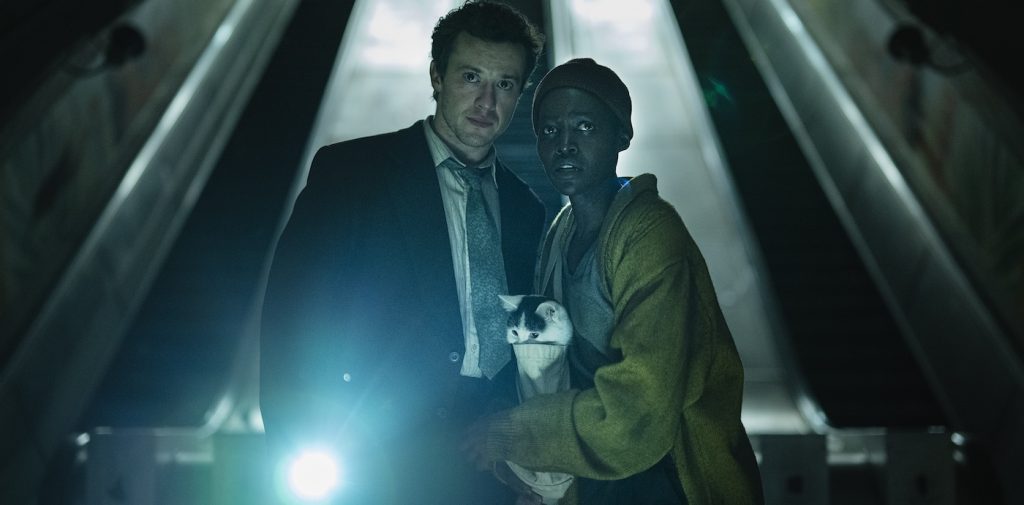
Sarnoski previously directed the fantastic drama Pig, another movie largely about death. For A Quiet Place: Day One, his interest was in the drama rather than trying to duplicate Krasinski’s killer first two films. “I talked a lot with Pat Scola, the cinematographer, about Children of Men and sort of the boots-on-the-ground nature of that film,” Sarnoski said. “But once you start, I try to sweep some of that out. You might end up imitating things without realizing it, but I try to avoid thinking about reacting to other movies too much and just focusing on what this movie has to be.”
We spoke to Sarnoski about delivering a thrilling prequel that beautifully connects to Krasinski’s films while standing on its own as a relentlessly inventive and compelling human drama.
How much did you and your sound team want to heighten every element to intensify people learning on the fly how these aliens hunt?
It was something we were constantly talking about. I think portraying silence is tricky. I think people assume, ‘Oh, you just turn off all the sound, and then it feels silent and scary.’ But no, you need to find that perfect balance between environmental things, winds, and the desolation of the city, and then those really quiet little human noises. We actually found that turning up some of those quiet little human noises makes it feel more silent. When you can hear a little footstep and hear a breath, suddenly, you realize how silent everything else is. So, finding that perfect balance, and in some scenes, you want it more, and in some scenes, you want it less. You are always sort of playing around with that balance. It was very fun, but it was kind of a wonderful challenge to figure out.
Did you think about silent films when you and your casting directors, Kharmel Cochrane and Holly Rodman ?
Yeah, definitely. Especially with Joe’s character, there’s something vaguely Buster Keaton, Charlie Chaplin-esque about him at times. I think there’s a lot of this movie that is just a silent movie, and it’s not quite slapstick, but there’s stuff that has to be conveyed purely through physicality, purely through all these little emotional expressions. That was, I think, a wonderful challenge for the actors, but they pulled it off so beautifully as Joe [Quinn] and Lupita and Alex [Wolfe]. They found these ways to convey a lot of emotion so quietly and then also handle these huge sets of things. And watching them kind of figure that out was really exciting for me.
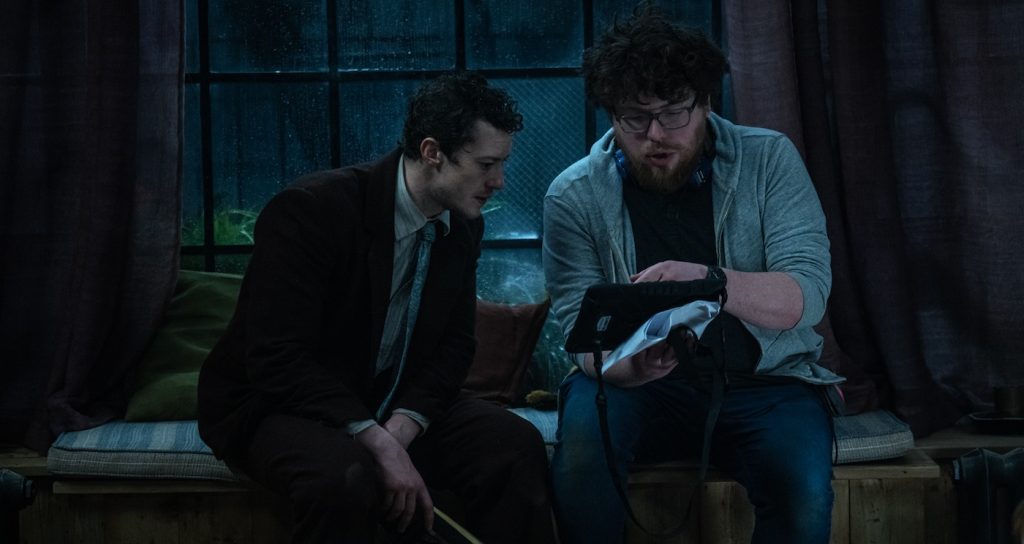
You do not waste time getting to the action, but you still take your time setting up Samira and her life. How was it timing the attack just right in the editing room?
I knew I wanted to live in her world for a while before the attack happened. We all know the attack’s going to happen and you’re sort of waiting for it. Because of that, we have a little bit of leeway to just exist with this character and just know what she’s going through. Because what she’s going through shades the rest of the movie. And yes, it’s about the end of the world and aliens, but it’s about her journey and her emotional journey through this environment. So, really being settled in her character was essential.
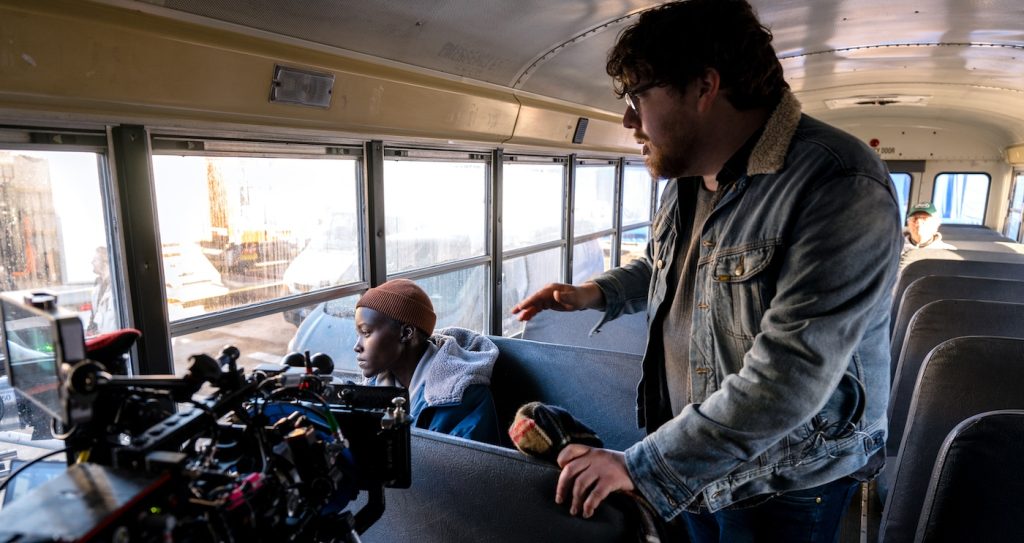
Was character and action always the pivotal balance for the whole movie?
Yeah, I think throughout the movie, it’s always kind of juggling quiet, intimate, emotional moments and very exciting action-driven moments. But the throughline for that is always the characters. I mean, you’re always seeing it through either Samira’s eyes or sometimes Eric’s (Quinn) eyes. Knowing that it’s all related to that core story and finding that ebb and flow. It is challenging, but the most fun part of it is figuring out how to perfectly find that balance so you can have both of these things and have them bolster each other rather than take away from each other.
There are quite a few parallels between this movie and your directorial debut, Pig, especially in what drives these characters. Do you see the similarities?
I definitely see a thematic connection between the two of them and what these people are dealing with. At its core, I’m very interested in watching unlikely people connect with each other. It’s something that we all relate to on a human level, and it’s something we seek out. Some of our best moments in life are when you meet someone you don’t think you’re going to bond with, and then you find humanity in them, and they find it in you. It’s something I always like to explore. There will always be some thematic overlap there because I just like that on a character level.
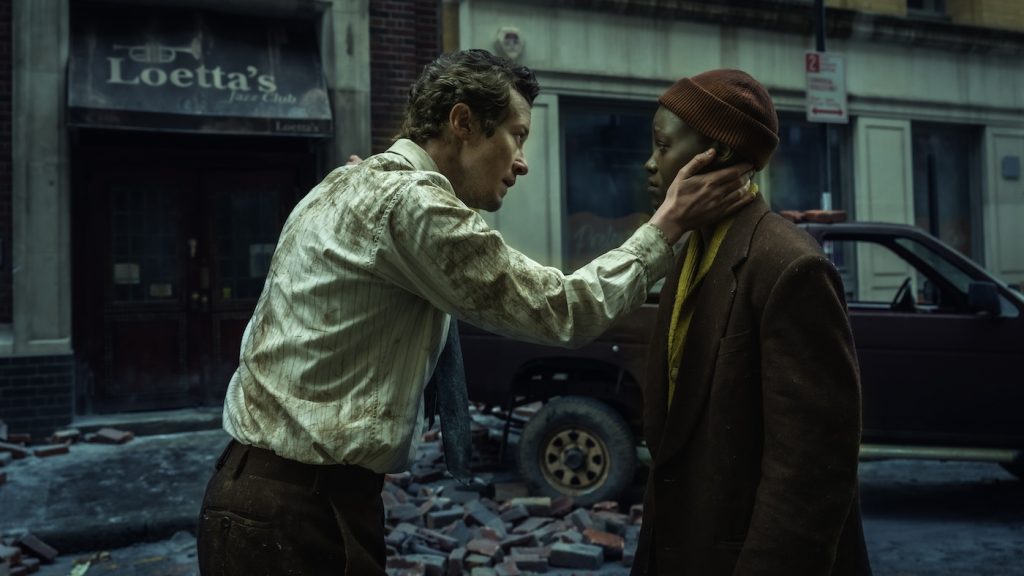
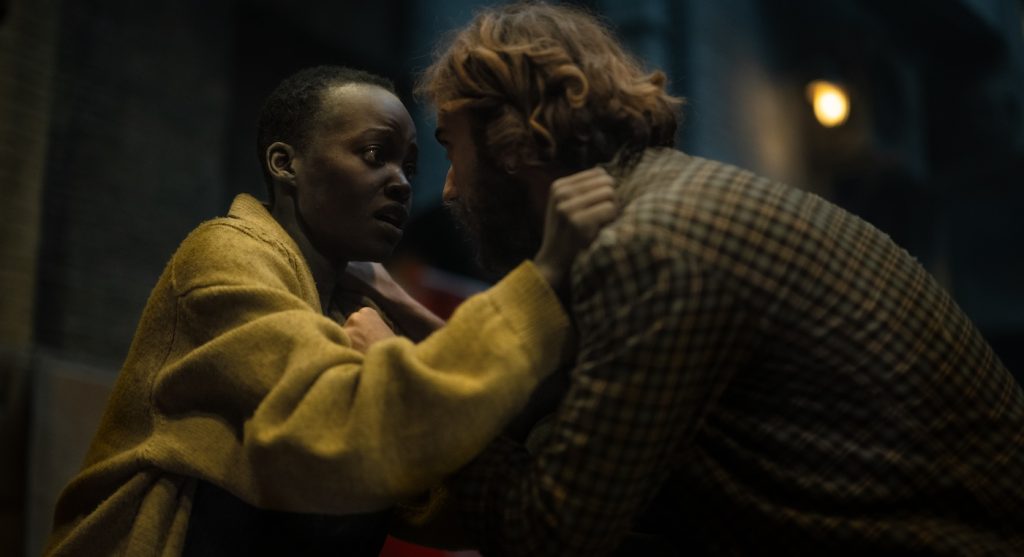
Did John Krasinski ever share what he found did or didn’t work with the monsters?
I think one big thing I took away was that I didn’t do this that much, but he often performed as the monsters in the scenes. I’m not an actor, so I didn’t go too far in that direction. But occasionally, I would stand in and walk around. Most of the time I would make sound effects for the monsters, which I found useful. I thought it might be silly, but the actors found it helpful to know when the creatures were clicking and screeching and all of that. I think embodying the monsters a bit on set was really helpful.
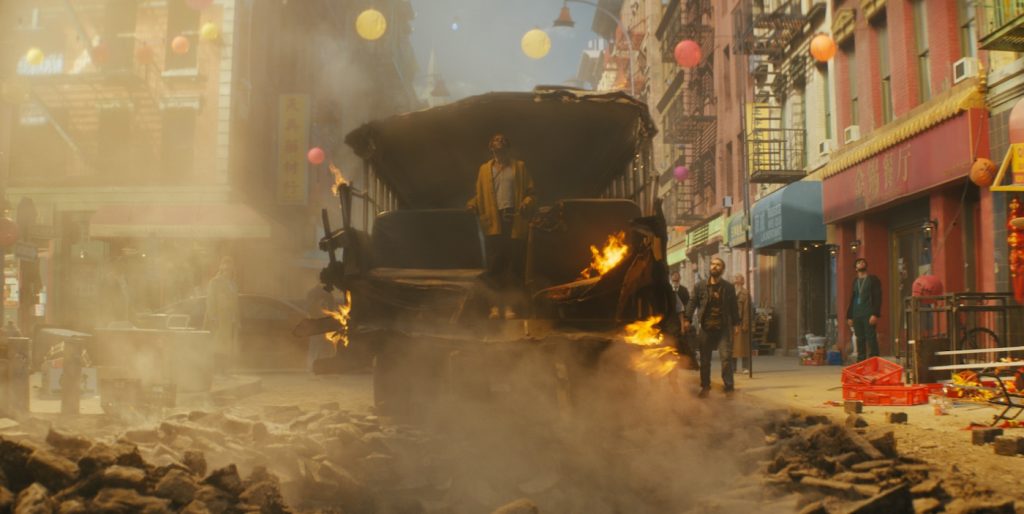
Whether it’s the emotion or how the set-pieces were crafted, what about John Krasinski’s first two Quiet Place movies did you want to stay true to?
Those first two movies are very focused on a family drama. There’s a real character core to them. I wanted to be very focused on a surprising and intimate emotional story. And then, the other thing was, those first two movies do a great job of avoiding showing the creatures too much, using them so that there’s this feeling that if you make a sound, you die. That focuses on that primal element. I think with New York, we needed to expand it. There are more creatures; there’s a scope to it, so you kind of have to see them sometimes.
But you didn’t want to overuse them?
I didn’t want to overuse them or overexplain them to remove the mystery. I still wanted it to feel like they could be anywhere at any moment. And it’s that sort of primal. They’ve taken away a core part of being human and being able to communicate and operate with sound. I think those two things were important: the beautiful simplicity of the monsters and this tender, intimate, unexpected emotional story.
A Quiet Place: Day One is in theaters now.
For more on A Quiet Place: Day One, check out these stories:
How “A Quiet Place: Day One” Production Designer Simon Bowles Harnessed VR to Unleash Aliens on NYC
Featured image: Director Michael Sarnoski and Lupita Nyong’o as “Samira” in A Quiet Place: Day One from Paramount Pictures.


